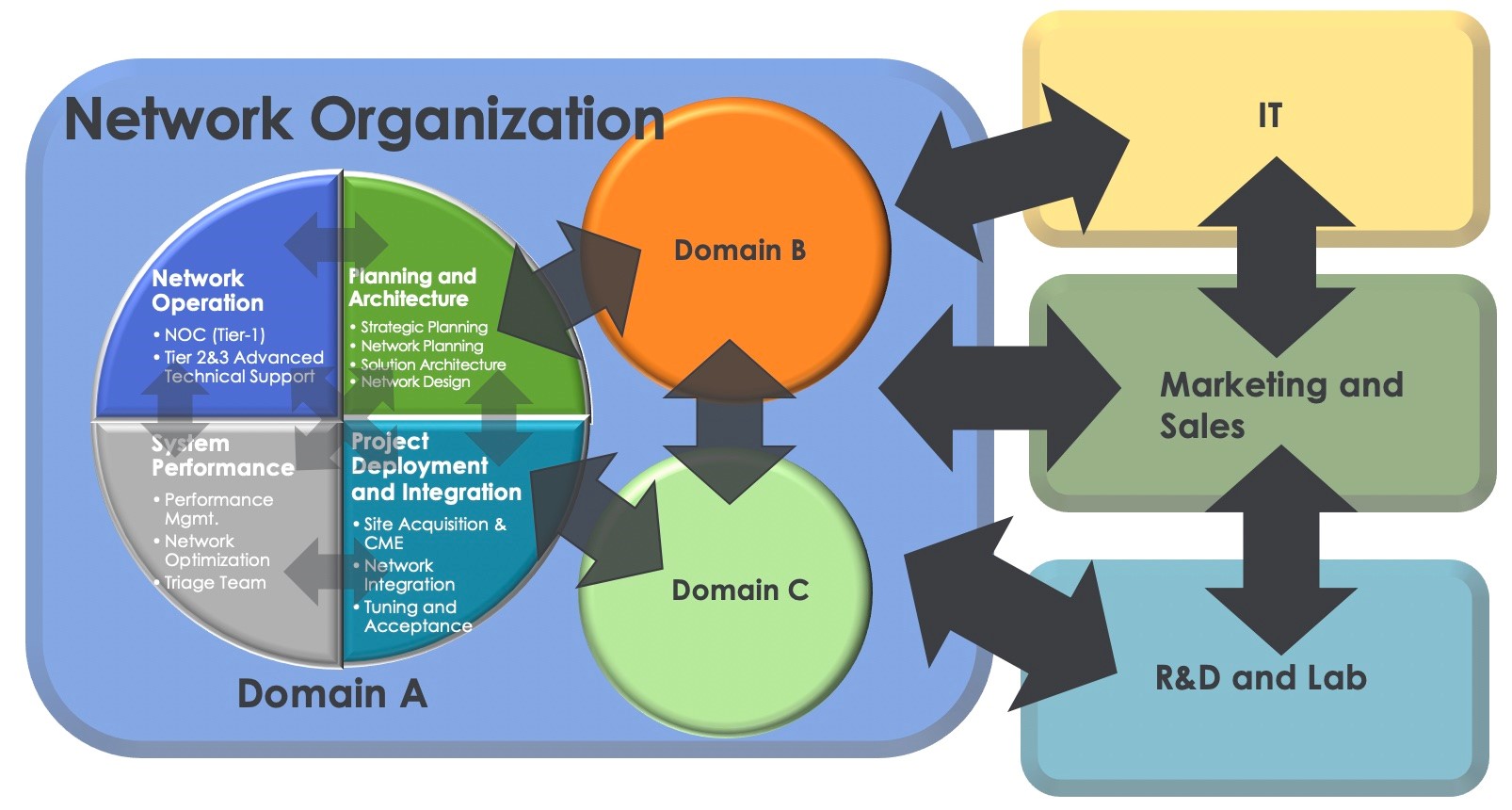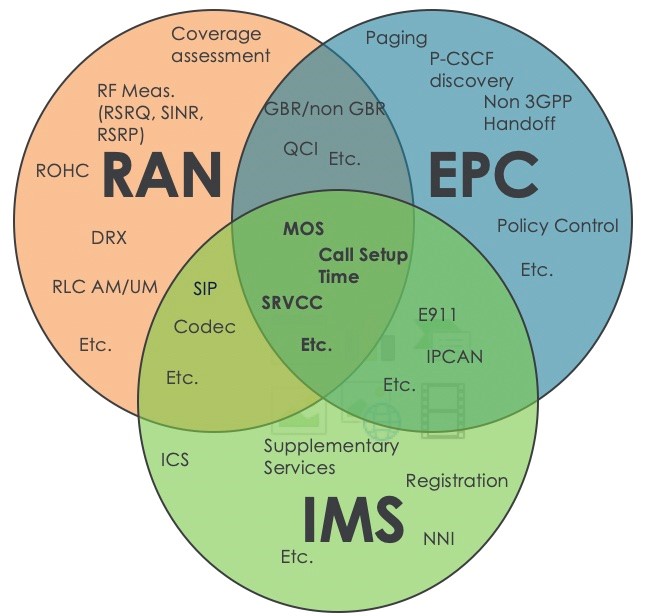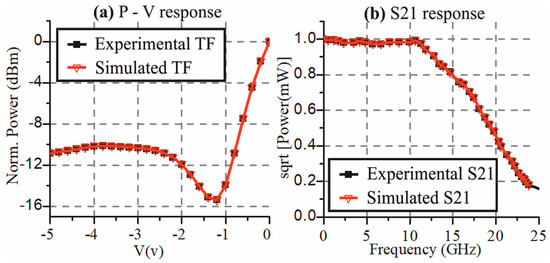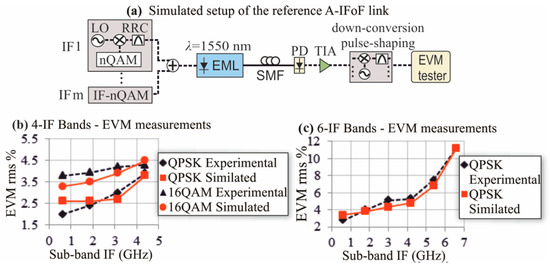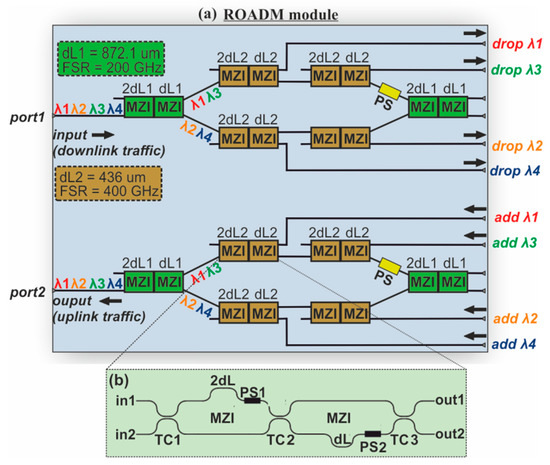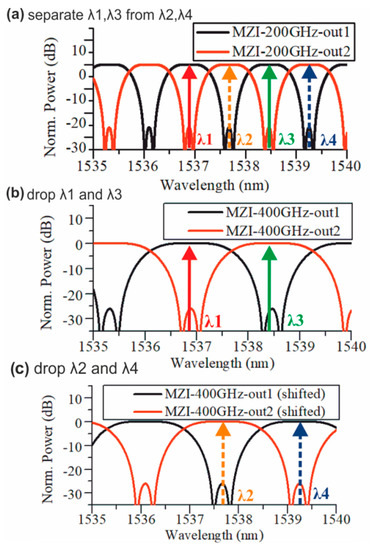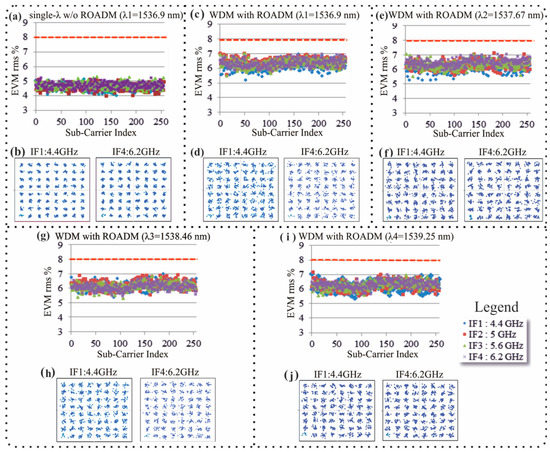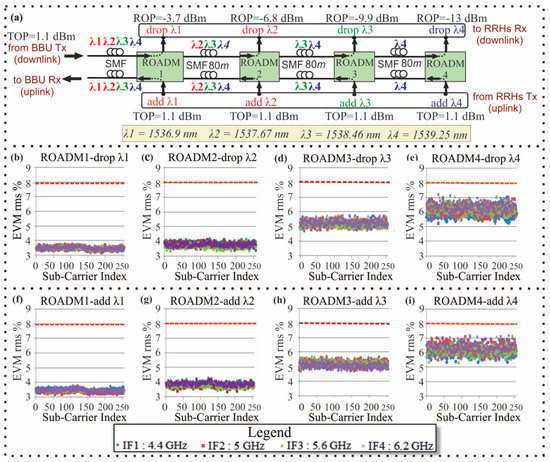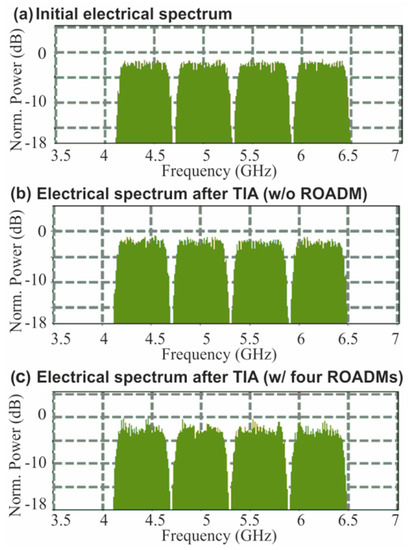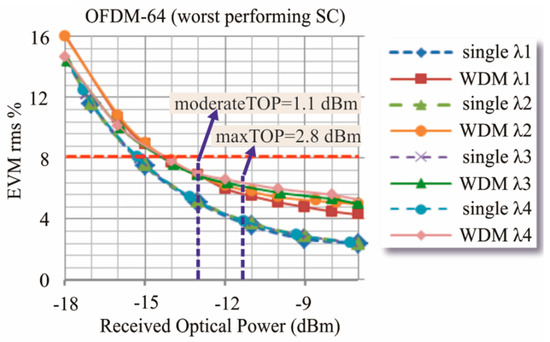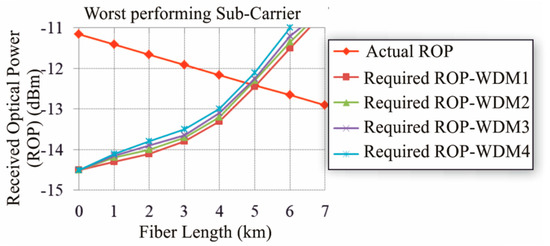5G is finally here and all the major wireless carriers are rolling out their new networks and churning out devices for the nascent technology. Naturally, everyone is advertising the blazing-fast speeds and telling us that 5G is going to change everything.
It’s an exciting time for laptop owners as this might be the year that we see true all-day battery life. And with a multitude of folding devices launching, there’s a good chance we’ll see smartphones truly functioning as viable productivity machines, with a few wires and accessories, of course. And with Wi-Fi 6 and more powerful chips, you can expect laptops to be faster and more powerful than before.
But what exactly is 5G and how is it going to impact you in 2019 and beyond? To answer that, let’s take a look at where 5G stands today and what it should look like in the years to come.
5G: The Basics
On the most basic level, 5G stands for the fifth-generation wireless cellular standard. This will operate alongside 4G LTE for the foreseeable future and 3G for at least the next three years as carriers begin shutting down that aging networking standard. These standards are created by an organization known as the 3rd Generation Partnership Project (3GPP) which is comprised of seven telecommunications standard development organizations.
The history of these standards dates back to the late 1970s, 1G got its start in Japan in 1979 and saw its first United States. launch in 1983, this was voice-only and only became known as 1G following the release of its successor. 2G arrived in Finland in 1991, arriving two years later in the U.S., and was the first digital standard, it introduced text messaging, picture messaging, MMS, and encryption. 3G became commercially available in Japan in 2001 and in the U.S. the following year, its primary benefit was the tremendous boost in data speeds over 2G. 4G got its start in Norway in 2009 and in the U.S. in 2010, again the speed gains were the most notable benefit with seamless streaming of music and video possible for the first time.
That brings us to the present with 5G, arriving again almost a decade after its predecessor and bringing with it another considerable leap in data transfer speeds, a dramatic reduction in latency and the capacity to connect vastly more devices. While South Korea was first to a commercial launch of 5G, it was just a little bit ahead of the launch in the U.S., making this the first time the U.S. has been part of the initial launch year for a new wireless standard.
5G: The Spectrums
There are three distinct frequencies on which 5G can operate (low, mid and high band spectrums), each of them offer distinct advantages and disadvantages.
Low-band
This is the same area in which LTE operates in the U.S., below 1GHz frequencies. The advantage of low-band is that it can travel long distances and penetrate buildings. But with peak speeds at around 100 Mbps, low-band can’t offer anywhere near the speeds that mid- or high-band solutions promise. This is roughly what we are seeing from strong 4G LTE areas today, although it’s worth noting 4G isn’t limited to those speeds. So while low-band will still be relevant going forward to ensure coverage in rural areas, it won’t deliver the kind of speeds and latency advantages that most would expect from a “5G network.”
Mid-Band
In many ways, mid-band seems like the ideal solution for nationwide 5G as it still offers a reasonable range while also delivering much of the speed that 5G promises. This has been a popular option for 5G propagation throughout the rest of the world, but in the U.S., available mid-band spectrum is extremely limited thanks to existing commitments. Sprint is the only carrier in the U.S. presently with sufficient mid-band spectrum to offer 5G services.
High-Band
The majority of the early 5G rollout in the U.S. is happening in the high-band via millimeter-wave (mmWave), which covers radio band frequencies of 30 GHz to 300 GHz. This is where we are presently seeing the amazing speed tests with download speeds topping 1Gbps under the right conditions. The theoretical limits on high-band 5G is closer to 10Gbps. As you might have guessed, the big downside here is the range. Real-world testing of the current implementations of mmWave have shown connections drop after just a few hundred feet and any obstructions — like going inside — will cut that even further.
5G: The Wireless Carriers
All four of the major wireless carriers in the U.S. have rolled out their 5G networks this year, but the extent of those rollouts as well as the technology they use differs. AT&T is out to an early lead, but by year’s end only Sprint will be lagging behind if everyone manages to hit their stated goals.
AT&T
Currently active in 21 cities, AT&T has been fastest out of the gate with its 5G network and it projects that it will deploy in 30 cities by the end of 2019, however access is still limited to select business customers. This is not to be confused with AT&T’s 5G Evolution (5GE) that started showed up on some AT&T devices at the end of 2018. That’s really just a revision to its 4G LTE network that falls well short of 5G standards. AT&T is exclusively using mmWave currently and will be upgrading those nodes in the next year to boost their performance while also rolling out some low-band 5G to extend coverage.
Sprint
Currently active in nine cities, Sprint is also going to be the slowest rollout this year as it isn’t projecting any additional 5G cities by the end of the year. On the plus side for Sprint, as we mentioned earlier it is the only U.S. carrier with mid-band spectrum (2.5GHz) and thus has considerably more extensive 5G coverage in those cities than the other carriers can boast in their 5G cities. Sprint is also using Massive MIMO (Multiple Input Multiple Output) transceivers and beamforming to further boost its 5G coverage, putting 64 transmitters and 64 receivers on a single array which can then track devices to direct a signal more precisely at them.
T-Mobile
Currently active in six cities, T-Mobile is also targeting 30 total cities for its 5G network by the end of 2019. While they are using mmWave at the moment, T-Mobile will be augmenting this with its low-band 600MHz 5G sometime in the future.
Verizon
Currently active in 13 cities and some NFL stadiums, Verizon is looking to match T-Mobile and AT&T by the end of the year with 30 total cities on its 5G network. Verizon is also exclusively using mmWave at the moment, but like AT&T and T-Mobile they plan to ultimately add 5G on its low-bands to extend the networks reach.
5G: The Hardware
Limited is probably the best way to describe the available 5G hardware today, not surprising given the current state of the networks, but there is plenty on the horizon.
Laptops
Qualcomm showed off its Project Limitless 5G laptop with Lenovo using the Snapdragon 8cx processor and Snapdragon X55 5G modem in May with a planned launch sometime in 2020, but nothing’s available for consumers yet. This is the first Snapdragon chipset designed entirely with PCs in mind and should deliver always-connected and always-on laptops with true all-day battery life and once the 5G networks get up to speed it opens up some interesting new capabilities.
Storage is one problem that is largely solved by 5G, given the speed and low-latency, access to files whether local or in the cloud should be virtually indistinguishable. Similarly collaboration on even large video files for example, becomes possible in real-time. Live-translation during video calls, one of Qualcomm’s own examples, could be achieved using the on-board AI of the Snapdragon 8cx along with 5G. And on a more fun note, online gaming or game streaming services should be flawless on a 5G connection.
In December Qualcomm will be holding its Snapdragon Tech Summit, where they announced the Snapdragon 8cx last year, so we can expect to hear a lot more about what’s coming for 5G laptops.
Smartphones
The Samsung Galaxy S10 5G is the lone 5G smartphone that is available across all four networks. Additional 5G smartphones currently available include the LG V50 ThinQ, the OnePlus 7 Pro 5G, the Samsung Galaxy Note 10 Plus 5G and the Moto Z4/Z3/Z2 Force with a 5G Moto Mod, with availability depending on carrier.
Hotspots
AT&T, Sprint, and Verizon each have a single 5G hotspot available currently. On AT&T it’s the Netgear Nighthawk 5G Mobile Hotspot, which is only presently available to business customers. Sprint has the unique HTC 5G Hub, which features an ethernet port, a 5-inch touchscreen, and Android 9. Finally, Verizon offers the Inseego MiFi M1000, which is a more traditional hotspot again with a 2.4-inch color touchscreen.
5G: The Future
While our first taste of 5G is going to be on smartphones, this isn’t going to be where we see the biggest impact for 5G. While we’ll appreciate faster downloads and more seamless high-definition streaming video, the “killer app” for 5G isn’t here yet.
Driverless vehicles are another potential landing spot for 5G, with cars and traffic signals all able to communicate with virtually no delay it would make for vastly safer travel. And returning to a simpler advancement, 5G should make high-speed home internet available to rural areas that can’t access it at present. While 5G isn’t going to change everything in the next year, it’s easy to get excited about what could be possible with it in the years to come.
Source: https://www.laptopmag.com/articles/what-is-5g
28 09 19






